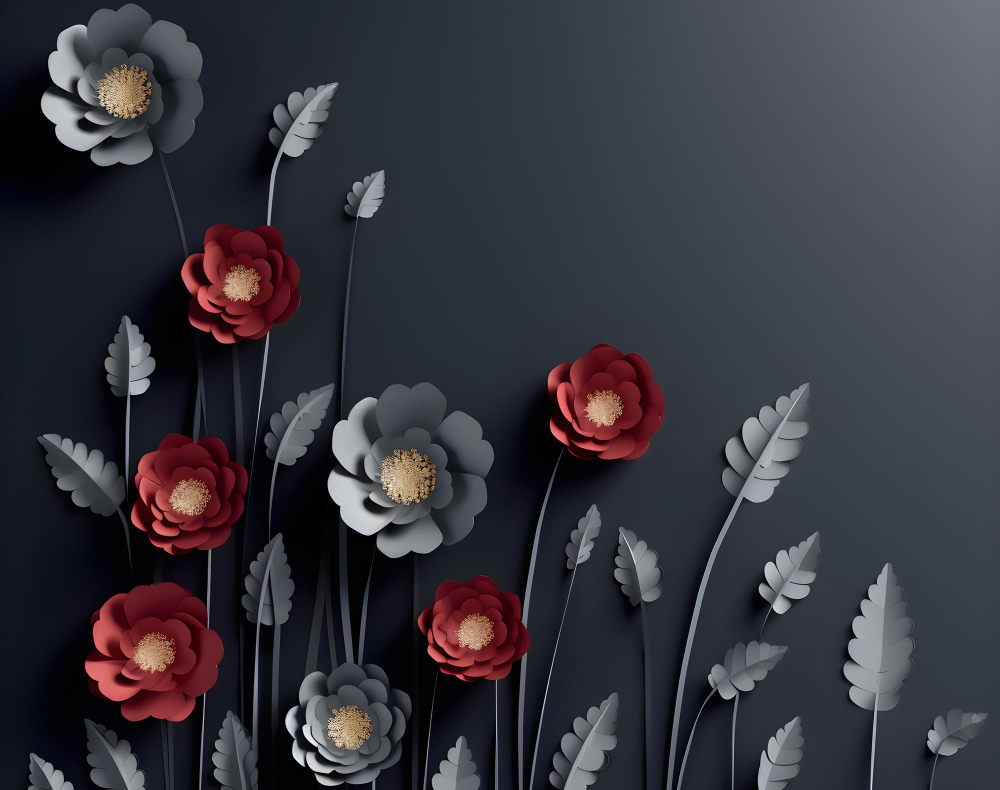Arte Povera, translating to ‘poor art’ in English, is far from an impoverished artistic expression. Born in Italy in the late 1960s, this daring and provocative art movement uses everyday materials to craft powerful statements. In other words, Arte Povera transforms the mundane into the marvellous.
This article aims to guide you through the intricate lanes of the art movement. We will explore its philosophy, its iconic artists, and its lasting impact on modern art.
What is the philosophy behind Arte Povera?
First, this movement firmly opposes the use of conventional art materials and the mechanical nature of commercialism. Instead, it finds its muse in the organic world. Materials like soil, wood, and textiles become the canvas and the paint. All this creates art that is not just visually appealing but conceptually deep.
Arte Povera highlights the richness of what society often overlooks by using discarded or’ poor’ materials. It opens a dialogue, asking the audience to question value, art, and beauty definitions.
The beauty of this art movement does not stop at the aesthetic level. The art aims to engage the viewer in thought-provoking conversations. When you look at an Arte Povera piece, you are not just a spectator but a participant. The art compels you to question its composition, intent, and underlying philosophy. Through this questioning, Arte Povera creates a dynamic interaction between the viewer and the artwork, making it a live, evolving entity.
Iconic artists and works
Many people see Michelangelo Pistoletto, Alighiero Boetti, and Luciano Fabro as the prominent artists who started Arte Povera.
Pistoletto garnered attention with his ‘Mirror Paintings,’ where he used mirrors to make the viewer a part of the art. This interactive element turned the conventional idea of art on its head, positioning the viewer as a co-creator.
Alighiero Boetti adopted a similar participatory approach but took it further. He incorporated stamps, maps, and embroidery into his artwork. Boetti’s installations often serve as thought-provoking landscapes where viewers can lose themselves.
Luciano Fabro takes a slightly different route. He focused on industrial materials like steel and glass. While these materials may seem out of place in a movement focused on ‘poor’ materials, Fabro uses them to emphasize the tension between natural and artificial worlds. His sculptures often force viewers to confront the reality of industrialization and its impact on the environment.
In what way does Arte Povera affect modern art?
Arte Povera has influenced artists worldwide, not just in Italy. Educational institutions have also included Arte Povera in their curriculums, seeing its significance as a turning point in the modern art movement. Universities and art schools now offer courses that dissect its history, techniques, and societal implications.
Beyond education, Arte Povera has also made its mark on commercial art. Its principles have led to reconsidering how art can be presented and sold. Auction houses and art galleries now give it prominent space. Its influence is evident in contemporary art fairs and exhibitions. Arte Povera’s powerful philosophy has given voice to artists who seek more than just aesthetic beauty. It encouraged them to delve into deeper layers of expression and meaning.
Conclusion
Arte Povera is a compelling testament to the limitless boundaries of artistic creativity. It challenges artists and audiences alike to look beyond surface-level beauty, dig deeper into the concept, and find hidden gems in everyday materials. The movement invites us to appreciate art and participate in its creation and dialogue.
So the next time you find yourself in front of an unconventional artwork, stop and think. Could this be the influence of Arte Povera at play?
